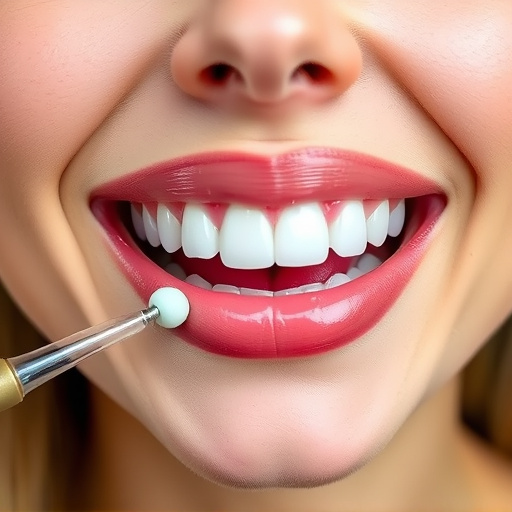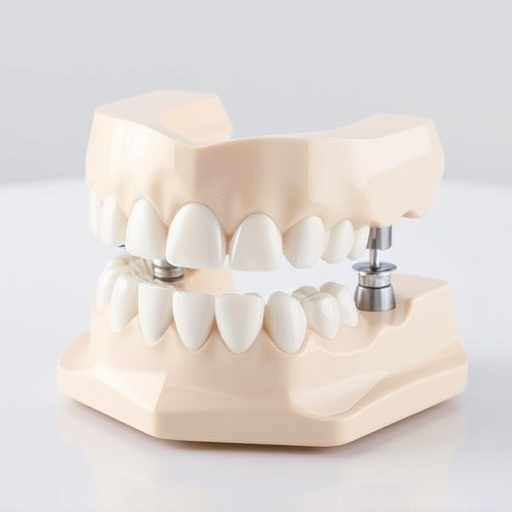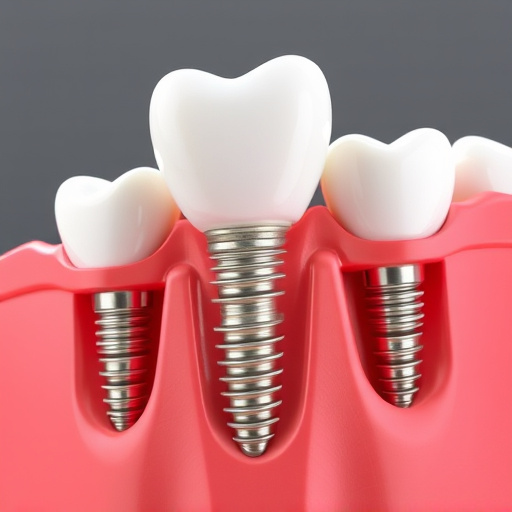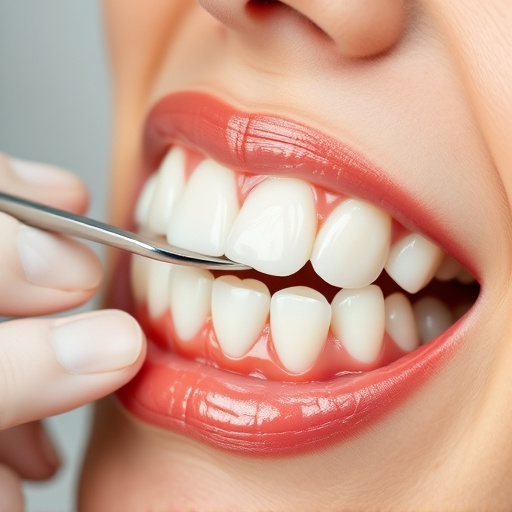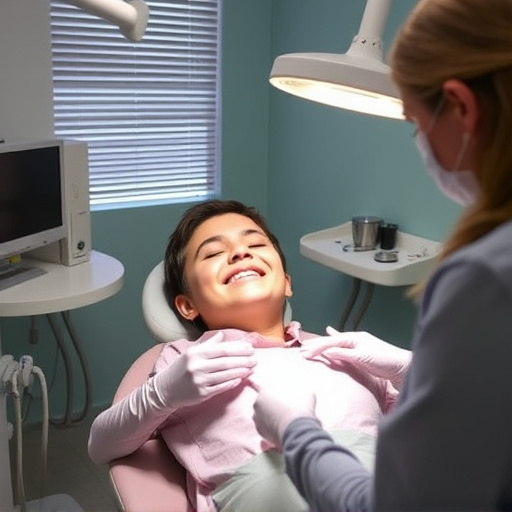Conservative dental treatments focus on minimal intervention for early-stage cavities and cracks, preserving natural tooth structure. Techniques like cleanings and fillings with composite resins aim to prevent further damage, promote long-term oral health, and maintain a natural smile. This approach is particularly effective for minor issues requiring emergency care, swiftly alleviating pain and avoiding complications. By minimizing invasive procedures, these treatments enhance tooth longevity, reduce follow-up needs, and prove cost-effective compared to complex procedures like dental crowns. In pediatric dentistry, conservative methods promote oral health from a young age, while wisdom tooth removal is recommended preventively.
In the realm of dental care, conservative treatment approaches offer a delicate balance between effective repair and preserving tooth structure. When facing minor cavities or cracks, opting for conservative methods can be a game-changer. This article delves into understanding these treatments, highlighting their numerous benefits for patients. From filling small cavities to repairing microscopic cracks, we explore the common techniques used, ensuring a comprehensive guide for those seeking to maintain optimal oral health with minimal intervention.
- Understanding Conservative Dental Treatment for Minor Cavities and Cracks
- Benefits of Opting for Conservative Approaches in Dental Care
- Common Conservative Treatments for Small Cavities and Cracks Explained
Understanding Conservative Dental Treatment for Minor Cavities and Cracks

Conservative dental treatment focuses on minimizing intervention for small cavities and cracks, preserving as much natural tooth structure as possible. This approach is particularly effective for early-stage dental decay or minor cracks that haven’t yet compromised the tooth’s integrity. By adopting a conservative strategy, dentists aim to prevent further damage while promoting long-term oral health.
Instead of removing healthy enamel or performing extensive procedures, conservative treatments involve techniques like teeth cleaning and filling with minimal materials. For cosmetic dentistry purposes, these methods not only restore functionality but also maintain the natural appearance of your smile. Even in cases requiring emergency dental care for minor issues, conservative treatment options can be swiftly implemented to alleviate pain and prevent more serious complications down the line.
Benefits of Opting for Conservative Approaches in Dental Care

Opting for conservative approaches in dental care offers numerous advantages, especially when addressing small cavities and cracks. These methods prioritize preserving as much natural tooth structure as possible, minimizing invasive procedures. One of the key benefits is enhanced longevity; conservative treatments can last for several years, reducing the need for frequent follow-up procedures.
Furthermore, they promote better overall oral health. By avoiding extensive drilling or removing healthy enamel, patients benefit from a more gentle and less disruptive experience. This preserves the natural defense mechanisms of teeth, reduces sensitivity, and may even prevent further damage or decay. Additionally, conservative dental treatments can be cost-effective, as they often require fewer visits and simpler interventions, such as dental cleanings and cosmetic fillings, rather than more complex procedures like dental crowns.
Common Conservative Treatments for Small Cavities and Cracks Explained
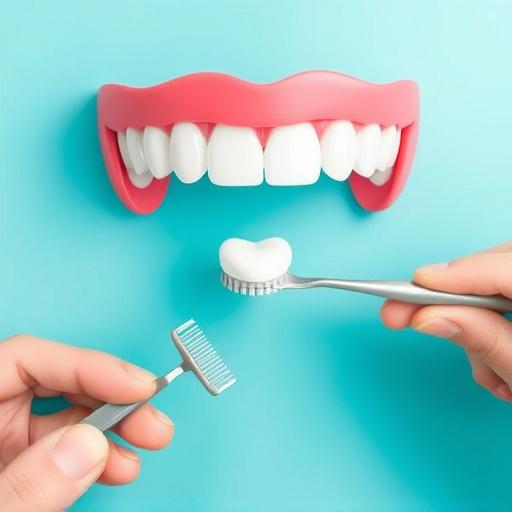
Small cavities and cracks in teeth can often be treated conservatively, preserving the natural structure and function of the tooth. Common procedures include cosmetic fillings and dental bonding, which involve the use of composite resins to restore the affected area. These methods are particularly suitable for early-stage decay or minor chipping, aiming to prevent further damage without removing significant tooth material.
In children’s dentistry, conservative treatments play a crucial role in promoting oral health from an early age. Additionally, wisdom tooth removal is sometimes recommended as a preventive measure if there’s limited space in the mouth, reducing the risk of impacted teeth causing pain and damage to adjacent teeth.
Conservative dental treatment for small cavities and cracks offers a gentle, effective solution for maintaining oral health. By opting for these minimal-intervention approaches, individuals can benefit from reduced discomfort, preservation of healthy tooth structure, and long-term durability. This article has explored the advantages and various treatments available, empowering readers to make informed decisions regarding their dental care. Embracing conservative methods is a step towards a healthier, more sustainable smile.








